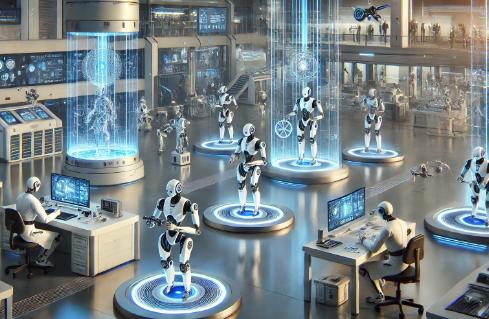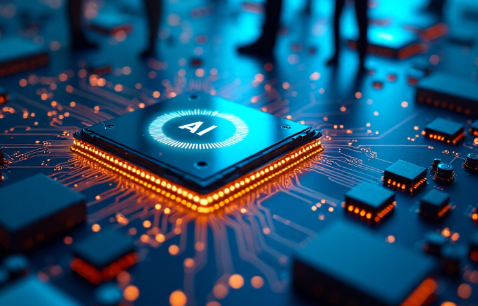Polyfunctional Robots: From Single Use to Multipurpose Machines
The evolution of robotics has transitioned from single-use devices to polyfunctional machines with enhanced capabilities. These advanced systems leverage adaptive technologies, allowing for real-time adjustments across varied environments. This shift not only improves operational efficiency but also introduces new levels of versatility. As industries increasingly adopt these multipurpose robots, the implications for productivity and innovation raise critical questions about the future of automation and its role in addressing complex operational challenges.
The Evolution of Robotics: Moving Beyond Single-Use Machines
As the field of robotics has advanced, the shift from single-use machines to polyfunctional robots has become increasingly apparent.
Robotic advancements have facilitated the development of machines with enhanced multi-tasking capabilities, allowing them to perform diverse functions.
This evolution not only optimizes operational efficiency but also empowers users with versatile tools that adapt to varying needs, promoting greater autonomy in industrial and personal applications.
Key Features of Polyfunctional Robots
The emergence of polyfunctional robots is characterized by several key features that set them apart from their single-use predecessors.
Notably, these machines incorporate adaptive systems that allow for real-time adjustments to varying operational environments.
Additionally, their multifunctional capabilities enable them to execute diverse tasks, enhancing efficiency and versatility.
This flexibility positions polyfunctional robots as essential tools in advancing automated solutions across multiple sectors.
Read Also: Optimizing CDNS With AI & 5G for Ultra-Low Latency Delivery
Future Applications and Implications for Various Industries
While industries continue to evolve in response to technological advancements, the integration of polyfunctional robots is poised to transform operations across diverse sectors.
Automation advancements facilitate increased efficiency, allowing for flexible task execution.
These industry transformations promise to enhance productivity, reduce operational costs, and foster innovation, ultimately reshaping workforce dynamics and enabling companies to adapt swiftly to changing market demands and consumer preferences.
Conclusion
In conclusion, the transition from single-use machines to polyfunctional robots marks a pivotal evolution in robotics, akin to the advent of the printing press in information dissemination. With their enhanced adaptability and efficiency, these multipurpose systems are poised to redefine operational paradigms across diverse industries. As businesses increasingly integrate these advanced technologies, the implications for productivity and innovation are profound, heralding a new era of automation characterized by unparalleled flexibility and autonomy.




